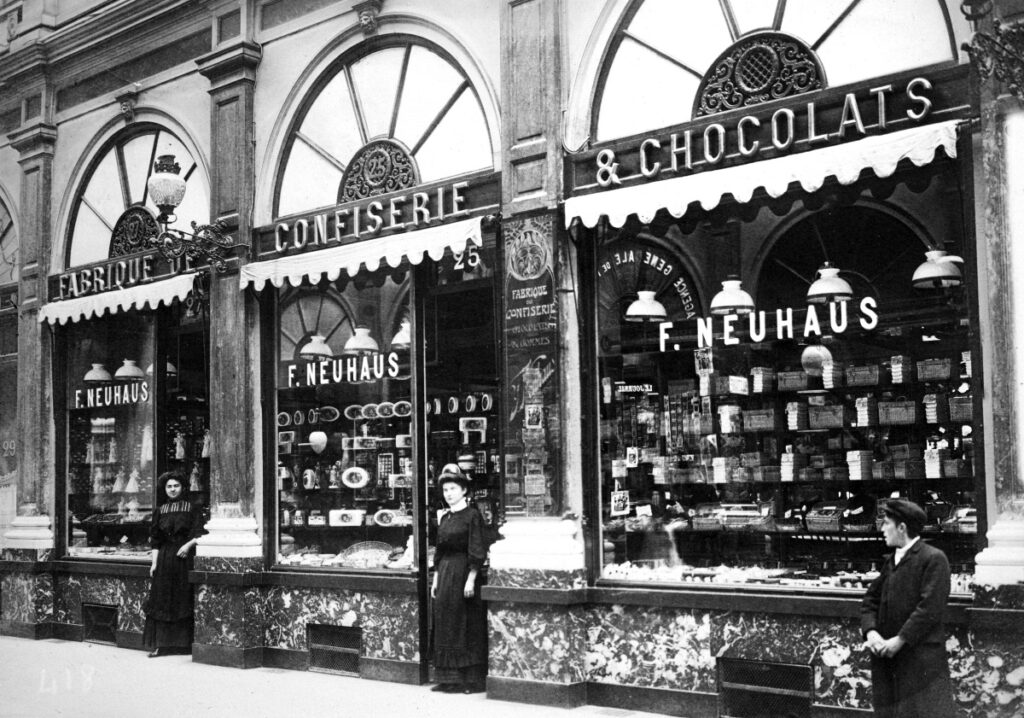It won’t surprise many to know that Belgium is the fourth-largest European producer of chocolate. In 2017 it produced 248,000 tonnes. Belgium is also the second biggest market in terms of exports, with the chocolate industry worth some €4.8 billion.
However, the Belgian chocolate industry is relatively new. At the Belgian Industry Exhibition of 1847, Belgian chocolate aroused little interest in the country, with one producer showing their wares.
It was not until the Universal Exhibition in Paris 30 years later that Belgian chocolate really caught the eye, with more chocolatiers going head-to-head with their more established Italian and French rivals.
So how did this country, with no indigenous cocoa trees, become such a world leader in chocolate?
A long way
It all began when conquistador Hernán Cortés met Aztec chiefs in Mexico in 1519 and discovered the sacred standing of the cocoa bean in their culture and how it was used as a very valuable currency. Once Cortès had conquered the Aztec Empire, the bean made its way back to Europe and was initially the reserve of the upper caste and rich merchants.
Around 200 years later, chocolate would arrive in Spain from Mesoamerica in the form of ready-made chocolate paste. Before this, chocolate was consumed in Europe as a liquid.
At the beginning of the 19th century, technical innovations were emerging at every stage of chocolate making. In 1820, the Dutch chemist Coenraad Johannes van Houten invented the cocoa butter extractor.
The powder obtained, mixed with butter and placed in moulds, allows the appearance of a smooth chocolate whereas previously it was a little grainy. To achieve even more finesse, Swiss chocolatier Rudolf Lindt invented ‘conching,’ a process of intense kneading which took several hours.
Related News
- Côte d'Or chocolate turns 140 this year – But is it still Belgian?
- When pigs fly: Belgian chefs create chocolate with smoked bacon
- 'Glimmer of hope': Congolese chocolate saves region from violence
At the end of the 19th century, the famous chocolate bar as we know it appeared, but it was still an expensive treat. This changed when the cost of cocoa beans and sugar was lowered at the beginning of the 20th century, when the import tax on cocoa and sugar, the two products that are most involved in the manufacture of chocolate, was removed.
And this is when things began to take off in Belgium.
Family producers like Jean Neuhaus led the way, taking Belgian chocolate beyond Europe by opening shops around the world and eventually selling their businesses to large producers, who in turn got swallowed up by huge conglomerates.
Belgian chocolate then had a global reach with powerful confectionery players behind it. Now Belgian chocolate is revered as one of the most luxurious varieties in the world.

